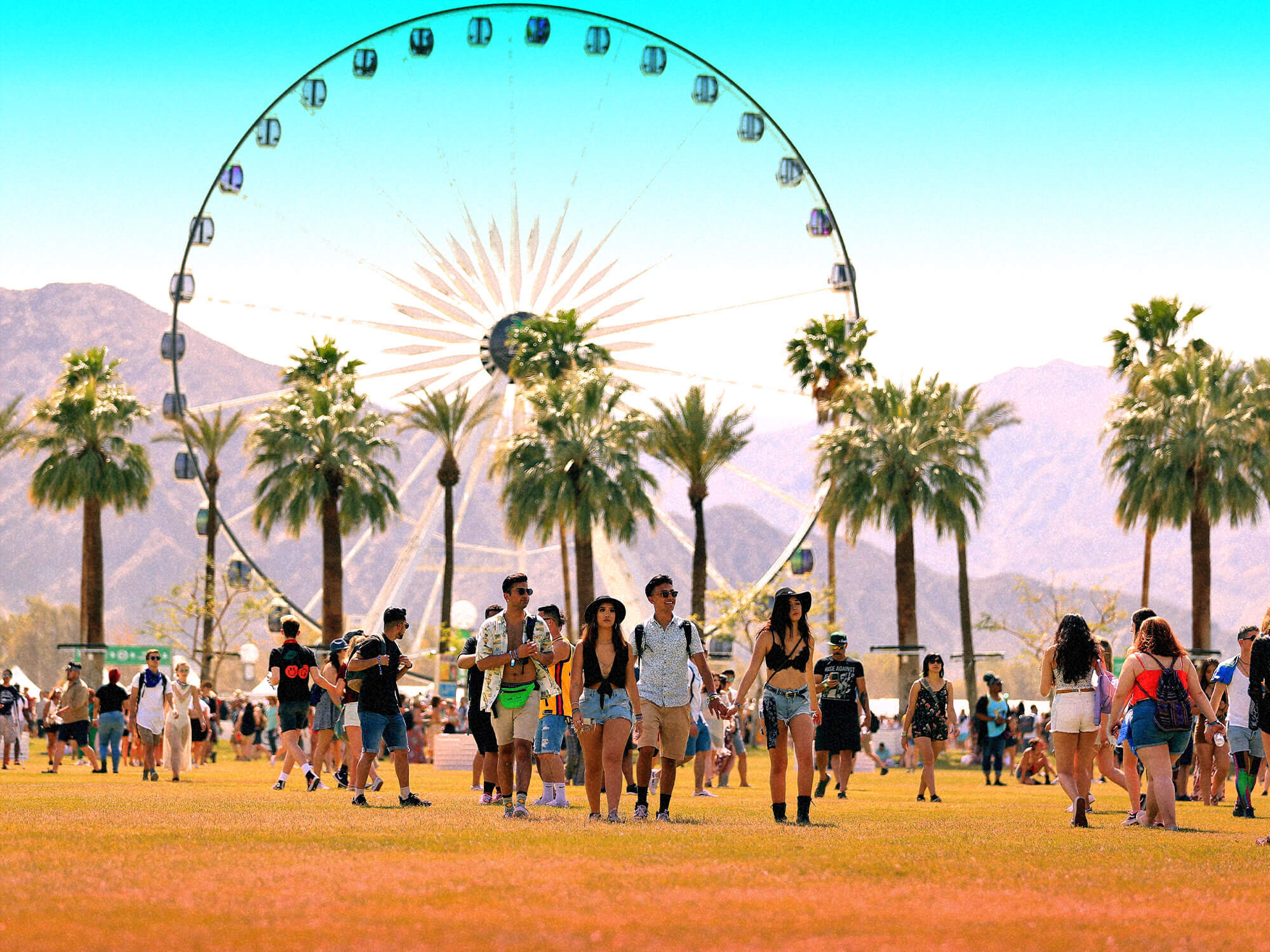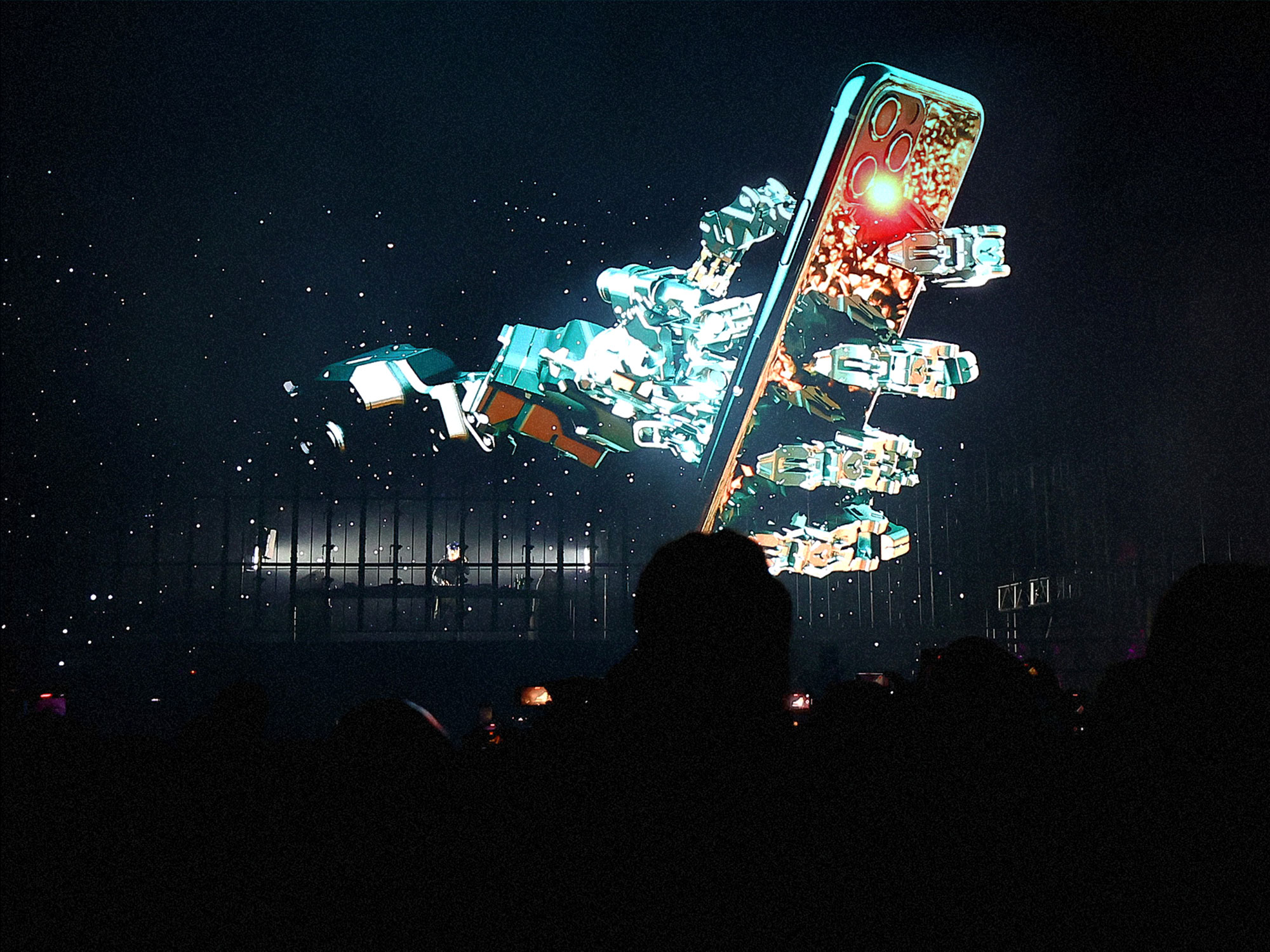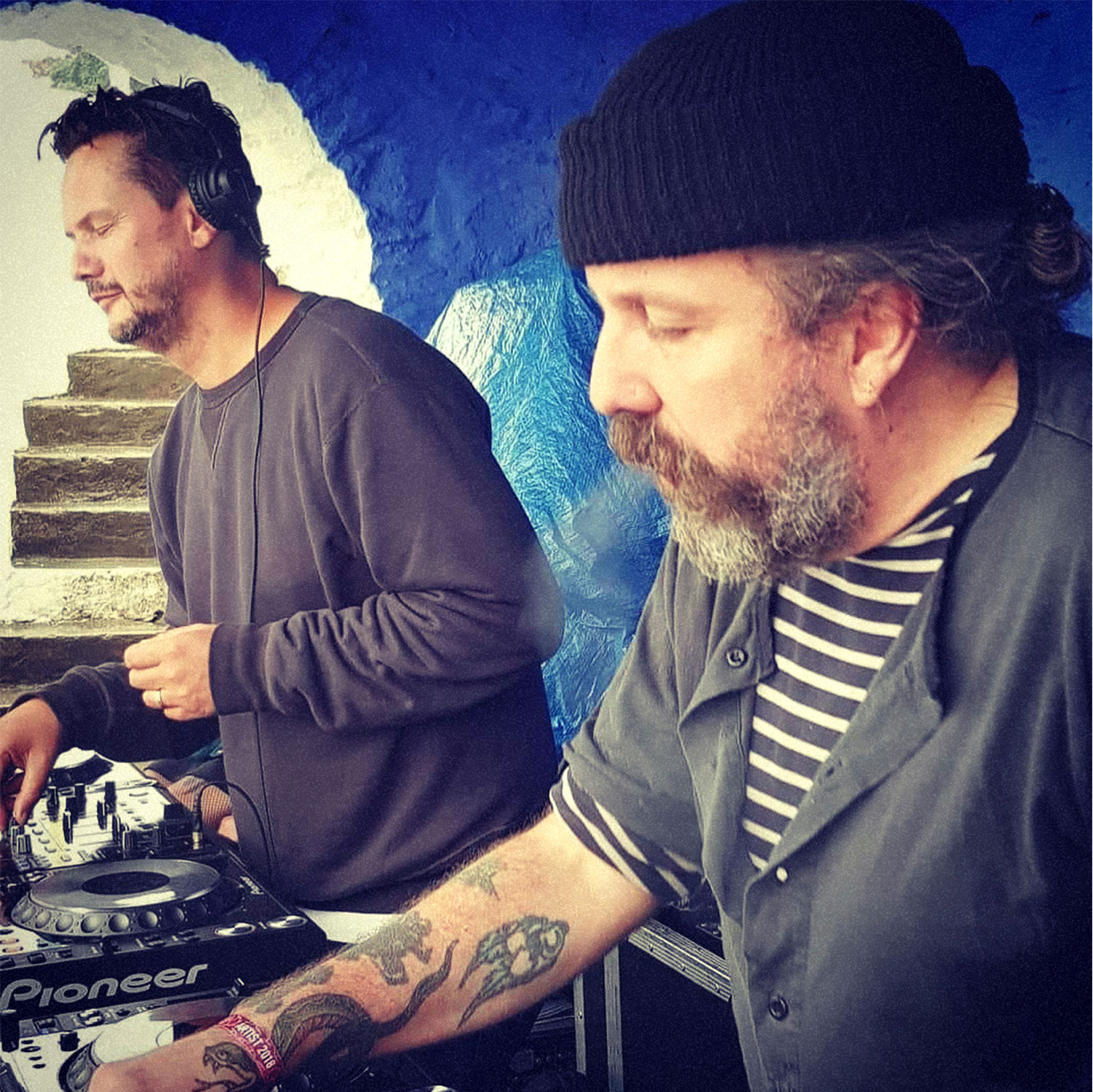Coachella’s Quasar stage illuminates the art of longer-form DJing – we’re here for it
Sean Johnston of ALFOS explains why Coachella’s new extended DJ set-focused Quasar stage “can only be a good thing”.

Coachella. Image: Getty
Coachella is introducing the Quasar stage to California. It’s a DJ-centric stage set to grace its 642-acre desert site for the first time this April.
The difference between Quasar and Coachella’s other dance stages, Yuma, Sahara and DoLab, is that on each day, only one DJ set will take place, with each running for a minimum of three hours.
The first week sees Honey Dijon b2b Green Velvet, a valiant – and no doubt, glowing return from Michael Bibi following his announcement in 2023 about being cancer-free, plus Jamie XX B2B Floating Points B2B Daphni. Phwoar. In the second week, there’s Rufus Du Sol, Eric Prydz B2B Anyma and Diplo B2B Mau P.
Plonking prolonged DJ sets on a pedestal is a major move from Coachella, and reflects the shift towards more long-form consumption of EDM in the US.
Watching an artist play their music live for an hour works, but a DJ set is a different style of performance. It’s unfair to make a DJ play for just an hour when they don’t have time to read the crowd, settle themselves, explore their record collection or experiment.
Jamie xx, Daphni and Floating Points might gradually transition from more organic disco and funk to leftfield electronic wonkiness. The crowd might need to be more patient, but when this transformation takes place, it will pay off. They’ll respond more because they’ll be aware of where the set started – in a completely different place. That’s the entertaining factor of an extended set.
From a punter’s side, an extended set means you can embark on a holistic journey that morphs from one place unexpectedly to another or, if you’ve got people you want to see, dip in and out with the comfort of knowing they‘re staying put. For DJs like Diplo and Eric Prydz, it’s a chance to loosen up, away from 3D astronauts and flying cakes.

Sunwaves in Romania has become a destination for marathon sets (tINI and Bill Patrick once played for 31 hours), as have the likes of Dimensions in Croatia, Dekmantel in Amsterdam, and Houghton in the UK. Even underground US festivals like Shambala, Desert Hearts, or the now-retired Symbiosis festival lighten the lineups so DJs can really express themselves over the space of multiple hours and craft a sonic journey.
No-frills, drawn-out sets aren’t new to Coachella either. James Murphy and Soulwax’s Despacio sound system landed at Coachella in 2016 and at This Ain’t No Picnic in LA in 2022, later making another appearance at Coachella in 2023. It’s a small room with minimal lighting and an enormous sound system, where the DJs go back-to-back for six hours or more, playing only vinyl records and turning the focus on the sound and dancefloor.

Having experienced his fair share of longer DJ sets, Sean Johnston of A Love From Outer Space, a moniker shared with the late Andrew Weatherall, agrees that the Quasar stage has “got to be a good thing”.
“The late Andrew Weatherall founded A Love From Outer Space with the specific idea of playing longer sets and slower music as an antidote to the prevailing ADHD-DJ culture,” says Sean.
“I enjoy playing longer DJ sets because it lets you set the scene, develop different moods and control the dynamics on the dancefloor as opposed to a bunch of DJs playing their ten biggest records in an hour. Longer sets equal a massively improved experience for dancers.

“The longest set we played was at the iconic and now sadly defunct Festival Number 6, where we played for 8.5 hours on an outdoor stage overlooking a beautiful estuary and mountains. We started in the early afternoon with beatless music gradually working our way up to psychedelic techno at the end of the set.
Sean admits that he’s never been to Coachella, nor would he consider three hours to be an extended set, “but it’s got to be a good thing,” he says.
“EDM completely dumbed down dance music to its worst elements. Anything that gets away from white guys with masks, cakes and trumpets and puts the focus on the actual music and gives DJs a chance to expand a little on what has become the de facto formula can only be a good thing. Festivals need to remind themselves that the music came from queer black clubs and should do everything they can to diversify their line-ups.
“Sadly, from what I’ve seen, the EDM scenes in the US have taken the worst aspects of dance music here and somehow managed to make them even shitter. That said, hopefully, these three-hour slots may give the DJs a chance to expand their repertoire, and the crowd the opportunity to learn that there can be so much more.”
The Quasar stage, then, perhaps reflects a shift in EDM in America away from fast short sets, big lights, big shows, and big stage production. Fans understand now that that energy can, if you want it to, be spread out across more time.
When you consider that Coachella usually sets the tone for other festivals, Quasar is a positive sign for the integration of underground dance music culture into festivals. Dance music, EDM, noise, whatever you want to call it – it’s here. It’s alive. It’s kicking.